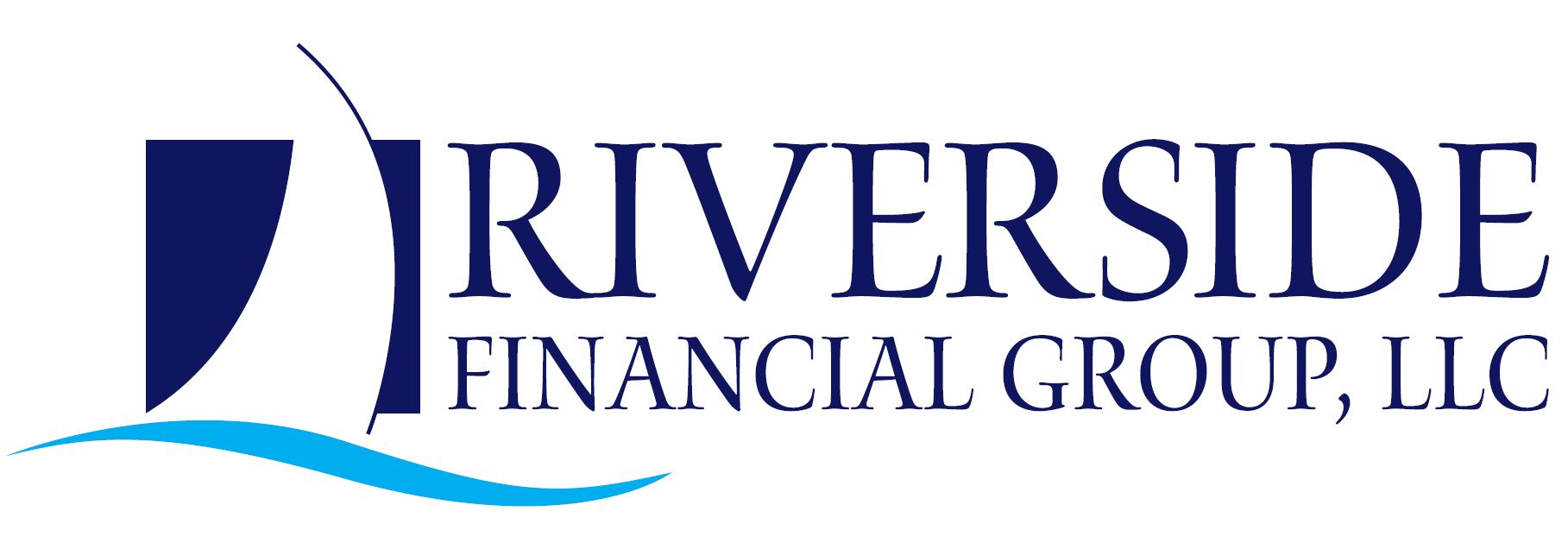2025 Key Financial Update: What You Need to Know for Tax and Retirement Planning
Prepared by Charlie Dear
The latest key financial numbers were released toward the end of last year. These updated figures are important for tax and retirement planning and understanding them may help you maximize your contributions and deductions for the upcoming year. Most of these upward adjustments simply reflect the increase in the cost of living, so it’s important to increase your savings commitments to stay equal to or ahead of inflation.
Retirement Contributions
In 2025, the IRA and Roth IRA annual maximum employee contribution remains at $7,000 if under age 50, and $8,000 if over age 50 — the same level as in 2024.
In 2025, the 401(k) and 403(b) annual maximum employee contribution rises to $23,500 if under age 50, and $31,000 if over age 50 — up from $23,000 and $30,500, respectively, in 2024.
In 2025, for individuals between the ages of 60 and 63, the 401(k) and 403(b) annual maximum employee contribution increases to $34,750, thanks to an enhanced catch-up provision — a special bonus for individuals in this age range.
In 2025, your MAGI* must be under $150,000 for single filers or under $236,000 for joint filers to make a full Roth IRA contribution — up from $146,000 for single filers and $230,000 for joint filers in 2024.
In 2025, your MAGI* must be under $79,000 for single filers or under $126,000 for joint filers to make a full Traditional IRA contribution — up from $73,000 for single filers and $123,000 for joint filers in 2024.
In 2025, the maximum taxable income against which Social Security taxes are assessed will be $176,100, up from $168,600 in 2024.
Starting in 2026, if you earn more than $145,000 in the prior calendar year, all catch-up contributions to a 401(k) or 403(b) plan at age 50 or older will need to be made to a Roth account in after-tax dollars. Individuals earning $145,000 or less (adjusted for inflation going forward) will be exempt from this Roth requirement.
Secure Act 2.0
The age at which retirement account owners must take Required Minimum Distributions (RMDs) has been pushed to age 73 and will be further increased to age 75 starting in 2033 — giving retirees more flexibility in designing their retirement cash flow sequence.
The steep penalty for failing to take an RMD has been reduced from 50% of the untaken RMD to 25%.
People age 70½ and older may elect, as part of their $100,000 annual Qualified Charitable Distribution (QCD) limit, a one-time gift of up to $50,000 (adjusted annually for inflation) to a charitable remainder unitrust, a charitable remainder annuity trust, or a charitable gift annuity. This expands the types of charities that can receive a QCD. This amount counts toward the annual RMD, if applicable.
Employers will now be able to “match” employee student loan payments with matching contributions to a retirement account, giving workers an extra incentive to save while paying off educational loans. This benefit must be written into the employer’s plan document.
If held for 15 years, 529 plan assets can be rolled over to a Roth IRA for the beneficiary, subject to annual Roth contribution limits and an aggregate lifetime limit of $35,000. Rollovers cannot exceed the aggregate before the 5-year period ending on the date of the distribution. The rollover is treated as a contribution towards the annual Roth IRA contribution limit. This is a productive use for excess 529 plan accumulation.
Social Security
The 2025 Social Security benefit cost-of-living adjustment is 2.5%, translating to a monthly increase of roughly $50 per month for the average retiree.
If you were born in 1960 or later, your Full Retirement Age (FRA) is 67, which will be reached in 2026 and beyond.
You can earn more from work while collecting benefits. The Social Security Administration temporarily withholds $1 of a worker’s benefits for every $2 earned over $23,400 in 2025, up from $22,320 in 2024. When you reach FRA, the test is more generous — you only forfeit $1 in benefits for every $3 in 2025 earnings above $62,160, a $2,640 increase over the 2024 limit of $59,520.
Annual retirement benefit amounts are approximately 55% higher if taken at age 70, rather than starting them at age 62.
Other
In 2025, HSA annual contribution limits are $4,300 for self-only coverage and $8,550 for family coverage, up from $4,150 and $8,300, respectively, in 2024. Individuals aged 55 and over may make a $1,000 catch-up contribution.
The 2025 annual gift tax exclusion is $19,000 per donor per recipient, up from $18,000 in 2024. This means each individual can give a gift of $19,000 to any individual they choose, with no federal gift tax consequences. Married couples can combine these amounts and make a $38,000 gift to each individual, doubling the impact. These gifts can be made to anyone you choose and are not limited to children, grandchildren, or family. It’s also important to note that each individual can make unlimited payments for tuition and medical expenses, as long as these payments are made directly to the institution providing the service.
MAGI is Modified Adjusted Gross Income, which is your top-line gross income less pre-tax retirement plan contributions.
Sources: Fidelity Investments and IRS.gov.

Recent Comments